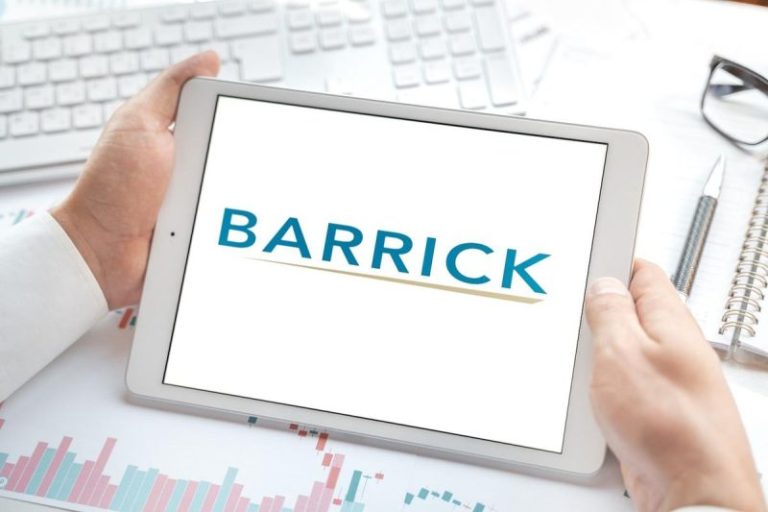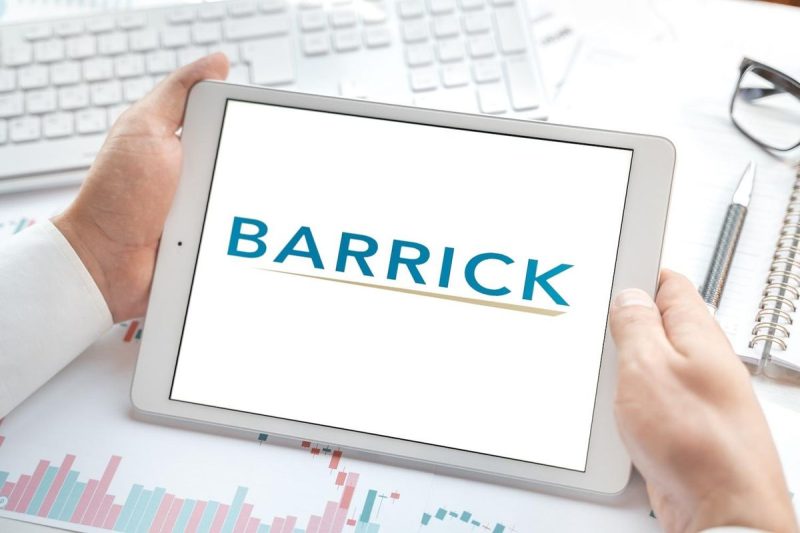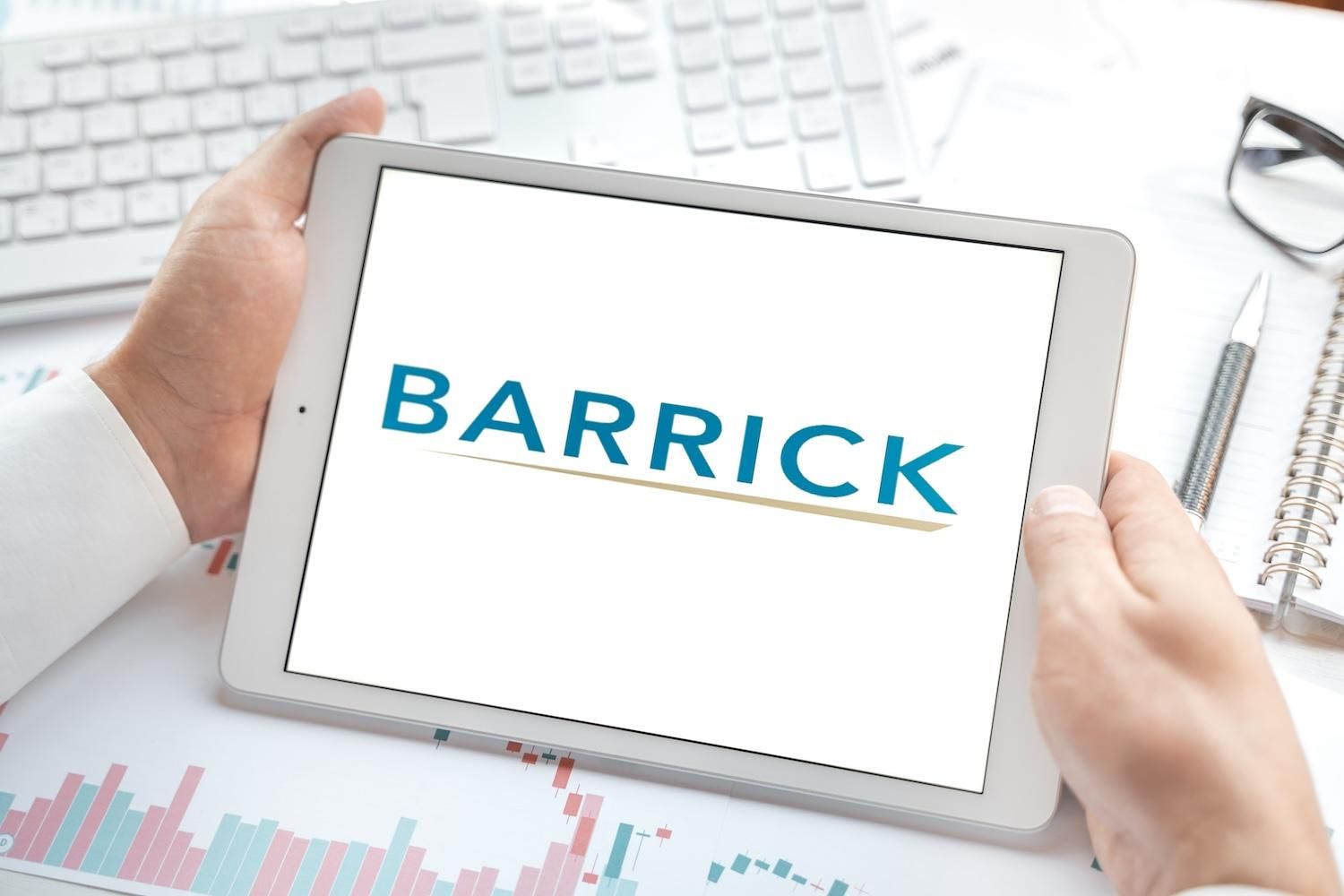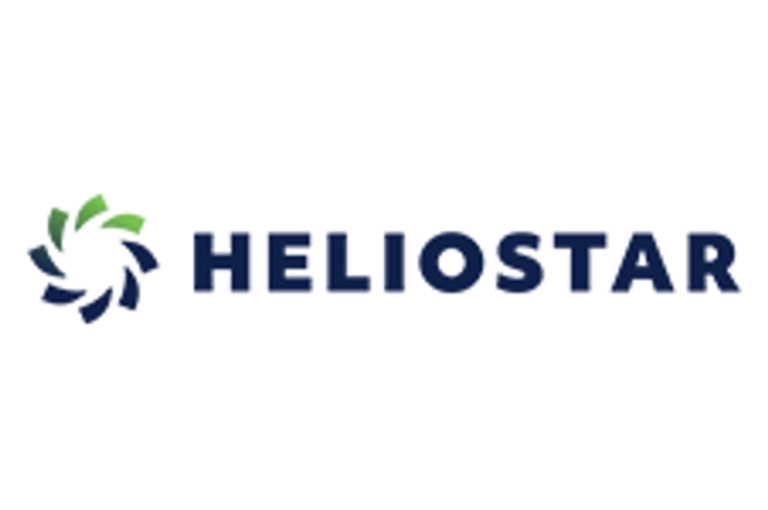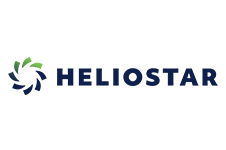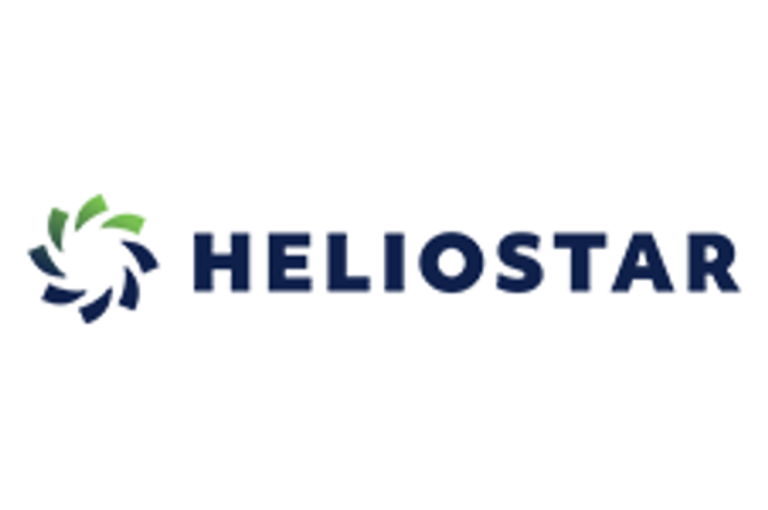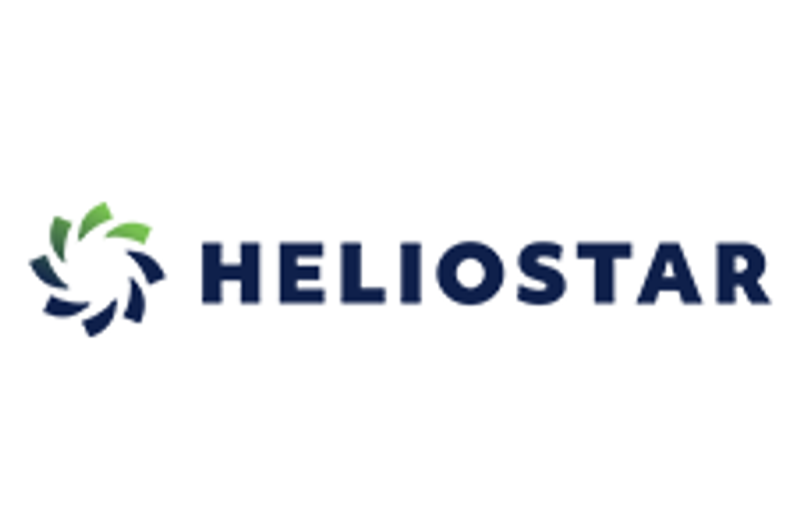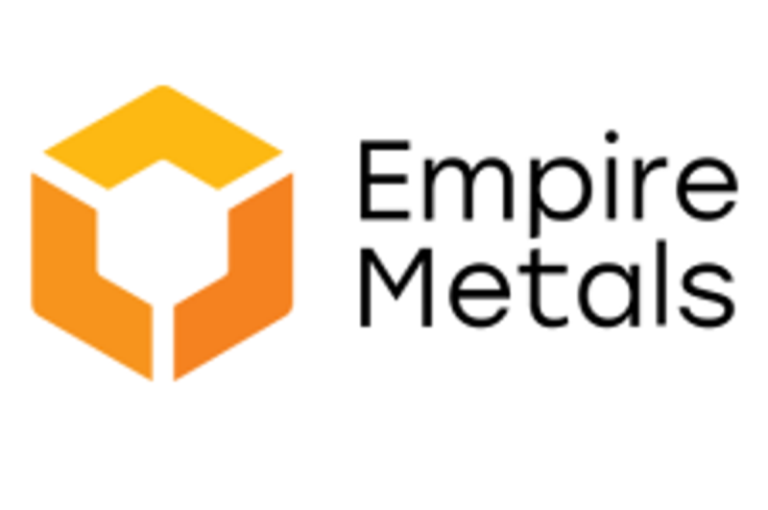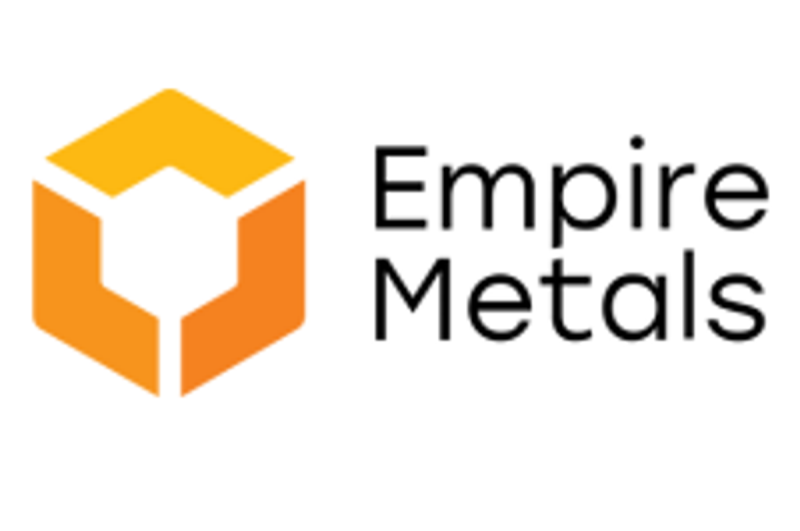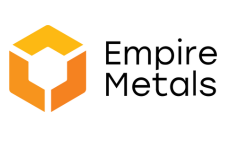

Overview
Explore the unparalleled potential of Freegold Ventures (TSX:FVL,OTCQX:FGOVF), an exceptional exploration company with its flagship asset situated in the renowned Tintina gold belt. Golden Summit, located just a 30-minute drive from Fairbanks, now hosts what is believed to be one of the largest undeveloped gold resources in North America.
In February 2024, Freegold further solidified its land position by completing the acquisition of the Tolovana gold property, which formed part of the Golden Summit project. , which was previously subject to a 20-year lease.
Alaska’s exploration potential is second to none in North America. The state is already a significant gold producer, second only to Nevada in the United States. Today, metals contribute to more than 90 percent of the value of minerals mined in Alaska, which has a long and prosperous mining history with significant underexplored mineral resources. Several notable companies with producing mines in Alaska include Kinross Gold (TSE:K), Northern Star Resources (ASX:NST), Hecla Mining (NYSE:HL), Coeur Mining (NYSE:CDE), and Teck Resources (NYSE:TECK).

Between 2020 and 2022, Freegold completed over 83,000 meters of drilling, resulting in a significant increase in its mineral resource estimate following a period of dormancy since its last major drilling program in 2013. An additional 26,000 metres were drilled in 2023 primarily on the western side of the Dolphin deposit.
Following completion of the 2024 drill program and the release of the updated July 2025 mineral resource estimate, the company is now executing its 2025 drill program, which includes infill drilling to convert inferred resources to indicated, expansion drilling to define the limits of the mineralized system, and the advancement of geotechnical, environmental, and metallurgical work required for a planned pre-feasibility study (PFS). Drilling is ongoing with five rigs active on site, and results from the 2025 program will support a further resource update to feed into the PFS.
The current resource is limited to the Dolphin-Cleary Area, the only area of the project with a delineated resource. However, the deposit is still open, particularly towards the west and southwest. Ongoing work continues to evaluate additional highly prospective areas within the broader property, reinforcing the robust long-term potential of this gold-rich district.


A highly experienced management team leads the company with decades of experience in mineral exploration and development. It is supported by a board with rich geological, production and financial expertise. Freegold’s team has demonstrated knowledge in developing resources and a history of attracting major partners, including prolific investor Eric Sprott.
Company Highlights
- Freegold Ventures’ (TSX: FVL,OTC:FGOVF) (OTCQX: FGOVF) Golden Summit is a gold project located in the prolific Tintina gold province, 30 minutes away from the city of Fairbanks in Alaska.
- The 2024 drill program has significantly increased the mineral resource. The July 2025 updated mineral resource estimate shows an indicated primary resource of 17.2 million ounces at 1.24 g/t gold and an inferred primary resource of 11.9 million ounces at 1.04 g/t gold (0.50 g/t cut-off), making the Golden Summit project one of North America’s largest undeveloped gold resources.
- Several significant exploration targets remain to be tested.
- The project is located approximately 8 kilometers northwest of Kinross’s Fort Knox mine, which has produced more than 8 million ounces of gold to date.
- Most recently, Freegold Ventures has completed the acquisition of the Tolovana gold property in Alaska for US$655,260.
Key Project: Golden Summit
An initial resource was completed at Golden Summit in 2011 based on historical work undertaken on the project, and between 2011 and 2013, several mineral resource updates were completed.The company released a preliminary economic assessment (PEA) in 2016, which at $1,300 per ounce gold price resulted in a pit constrained indicated resource of 61.46 million tonnes, containing 1.36 million ounces at 0.69 grams per ton (g/t) gold, and inferred resources of 71.50 million tonnes, containing 1.58 million ounces of 0.69 g/t gold.
Freegold’s innovative approach in 2019 led to a resource size increase and elevated deposit grade. With backing from gold investor Eric Sprott, the company raised $2 million, resulting in a remarkable 188 meters at 3.69 g/t gold in May 2020. This success led to further funding, amassing over C$40 million by September 2020. This permitted an intense drilling program, resulting in a resource update in February 2023, with over 83,000 meters of drilling completed.
Drilling from 2020 through 2024 significantly improved both the size and grade of the Golden Summit resource. In July 2025, Freegold announced a major updated mineral resource estimate, outlining 17.2 million ounces of indicated resources at 1.24 g/t gold and 11.9 million ounces of inferred resources at 1.04 g/t gold, using a 0.50 g/t cut-off. This represents substantial increases in tonnage, grade, and confidence in the deposit.
The 2025 drill program is a critical step toward project advancement, with five drill rigs currently active on site. The program includes extensive infill drilling to convert inferred resources into indicated, the continued definition of mineralization limits within the Dolphin-Cleary area, further exploration drilling, and essential geotechnical work. As of October 2025, 37 drill holes totaling approximately 24,000 meters have been completed, with additional holes underway and assays pending.
Alongside drilling, metallurgical, environmental and baseline data collection form an important part of the 2025 program. Work includes groundwater monitoring installations, surface water sampling, habitat and wildlife surveys, wetland mapping, paleontological and cultural resource assessments for SHPO review, and the collection of additional samples for comprehensive metallurgical test work.
These activities will directly support the planned PFS, which is set to begin following integration of the 2025 drill results into a revised mineral resource estimate.
Golden Summit’s combination of significant scale, improving grades, strong metallurgical performance, and proximity to infrastructure continues to position it as one of the most compelling undeveloped gold projects in North America.
Optionality: Another Plus
Despite boasting a significant size, Golden Summit has what is termed “optionality.” In simple terms, increasing the cut-off grade leads to an increase in the overall grade. Historically, the resource base case used a 0.45 g/t gold cut-off, and even at higher cut-offs the deposit retained exceptional scale. The July 2025 updated mineral resource estimate continues to demonstrate this strong grade flexibility, with higher-grade domains contributing meaningfully to overall resource growth.
Systematic exploration and ongoing geological mapping continue to identify additional prospective areas across the property. Historical high-grade producers within the district, such as the Cleary Hill Mine, which produced 281,000 ounces at an average grade of 1.3 oz/t, highlight the potential for both high-grade and bulk-tonnage mineralization styles across Golden Summit. The American Eagle area, located four kilometers east of the Dolphin-Cleary zone, and areas to the west toward the past-producing Newsboy Mine remain prospective and continue to be evaluated through continued geological work, sampling, and future drilling.
As the project advances toward a planned Pre-Feasibility Study, the combination of strong grade sensitivity, multiple potential development pathways, and continuing expansion potential reinforces Golden Summit’s attractiveness as one of the most compelling undeveloped gold projects in North America.
Management Team
David Knight – Director, Chairman
David Knight was a securities and mining lawyer primarily and was a senior partner with Weirfoulds LLP based in Toronto. His practice advised clients on securities, including public and private financing, mergers and acquisitions, corporate governance, and regulatory compliance.
Knight also represented mining clients on property acquisition and development, including option and joint venture agreements. Knight also has extensive experience in flow-through financing. He has been ranked among the Best Lawyers in Canada, from 2011-2021. Natural Resources Law, as a recommended lawyer in mining law. Knight was also seconded to the Ontario Securities Commission from 1983 to 1984.
Kristina Walcott – President, Chief Executive Officer and Director
Kristina Walcott has worked in various capacities in the mining and mineral exploration industry for the past 20 years. She has been president and CEO of Freegold Ventures since September 2009 and a director since July 2010. Walcott has held multiple administrative and field positions. In addition, she was actively involved in the geophysical contracting industry where she assisted in remote-site field geophysical surveys for major and junior mining firms. Before she was appointed president and CEO, Walcott was the company’s vice-president of business development between March 2005 and September 2009. As the vice-president of business development, she was responsible for identifying and acquiring new business opportunities in the mining sector.
Alvin Jackson – Director and VP of Exploration and Development
Alvin Jackson has been a director of Freegold Ventures since March 2010 and the vice president of exploration and development since February 2011. Jackson was instrumental in the development of EuroZinc Mining Corporation. EuroZinc Mining acquired the Aljustrel zinc-lead project and the Neves-Corvo copper mine in southern Portugal. As a result of those acquisitions, EuroZinc Mining Corporation grew to a market capitalization of over $1.8 billion before merging with Lundin Mining in 2006. Jackson has over 40 years of experience in mineral exploration and mine development. Jackson was directly involved in the exploration and development of two significant gold deposits and one porphyry copper deposit –– all of which subsequently became producers.
Ron Ewing – Director
Ron Ewing has 30 years of experience in the mining and mineral exploration and operational industry as a director and officer of several public companies. As an officer, he served in various finance and corporate affairs functions. Ewing was the director and officer of Gold-Ore Resources until Elgin Mining acquired it. Ewing was also the executive vice-president of Euro-Zinc Mining, the vice-president of Lundin Mining, and Oro Mining’s director.
Garnet Dawson – Director
Garnet Dawson is currently a director at GoldMining Inc. He is a registered professional geologist with 30 years of domestic and international exploration experience. He was the former vice-president of exploration of EuroZinc Mining before it merged with Lundin Mining in 2006. Before joining EuroZinc, he consulted internationally and held several positions with Battle Mountain Canada, the British Columbia Geological Survey, and Esso Minerals Canada. He has a Bachelor of Science in geology from the University of Manitoba and a Master of Science in economic geology from the University of British Columbia.
Glen Dickson – Director
Glen Dickson has over 40 years of exploration and mining and operational experience in several different countries. During the past 30 years, he focused on gold exploration in a wide variety of depositional environments. He served as the president, chief executive officer, and director of Cumberland Resources Limited. With Cumberland, Dickson was directly responsible for the identification and advancement of two gold mining districts in Nunavut. Today combined annual production from the two districts totals 750,000 ounces of gold, historic productions totals 4.5 ounces and current reserves total 6 million ounces. The company was acquired by Agnico Eagle Mines. He served as chairman of the board and chief executive officer of Gold-Ore Resources. During this time Gold-Ore acquired and restarted a gold mine in Northern Sweden. Currently, the mine produces ~45,000 ounces per annum. Gold-Ore was acquired by ElginMining. Dickson served as a director on several other companies including Atna Resources, BrazilianGold Corporation and Venerable Ventures. Dickson is currently president and CEO of Meliadine Gold, a private resource company with mineral holdings in Nunavut.
Reagan Glazier – Director
Reagan Glazier received a Bachelor of Science in Geology from the University of Calgary in 2014. He has been active in the mineral exploration industry in BC for the past 10+ years and is currently the President and CEO of Pacific Bay Minerals.
Maurice Tagami – Director
Maurice Tagami served as the vice-president of mining operations and later as technical ambassador for Wheaton Precious Metals from July 2012 to November 2022. He is a metallurgical engineer from the University of British Columbia with over 40 years of experience in mining and mineral processing. He was responsible for maintaining partnerships with over 20 operating mines and 13 development projects from which Wheaton Precious Metals has metal streaming agreements. Tagami currently serves on the board of Maple Gold Mines and Foran Mining Corporation as the lead independent director. Previously, he held the positions of president and CEO, with Keegan Resources and senior project manager (Onca Puma Project) with Canico Resource.
Vivienne Artz – Director
Vivienne Artz is the CEO of the FTSE Women Leaders Review, the UK’s business-led voluntary framework, supported by the government to improve the representation of women on the boards and leadership teams of the FTSE 350 and 50 of the UK’s largest private companies. Over 20 years in the financial services sector. Previously managing director and chief privacy officer at the London Stock Exchange Group, Refinitiv and Thomson Reuters, leading the privacy office and overseeing global privacy strategy and practice across 190 countries. Artz was awarded an Officer of the British Empire in the Queen’s New Year’s Honours in 2021 for services to financial services and gender diversity.
Gordon Steblin – Chief Financial Officer
Gordon Steblin obtained a Bachelor of Commerce degree in 1983 from the University of British Columbia. In 1985, he became a certified general accountant. Steblin has over 20 years of financial experience in junior mining and exploration. Steblin is also the chief financial officer of Elysee Development and Arctic Hunter Energy, both TSX Venture-listed companies.
This post appeared first on investingnews.com


